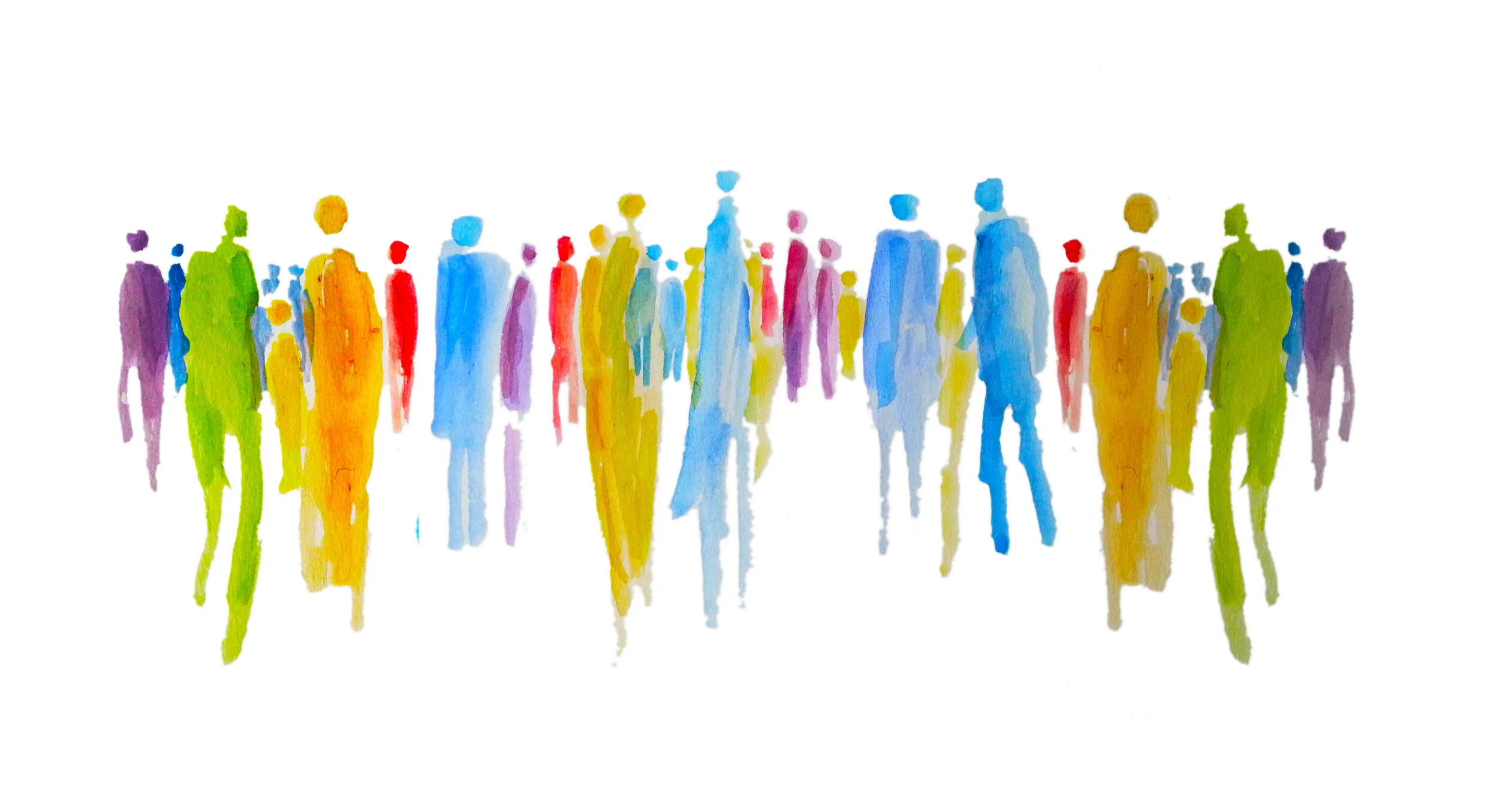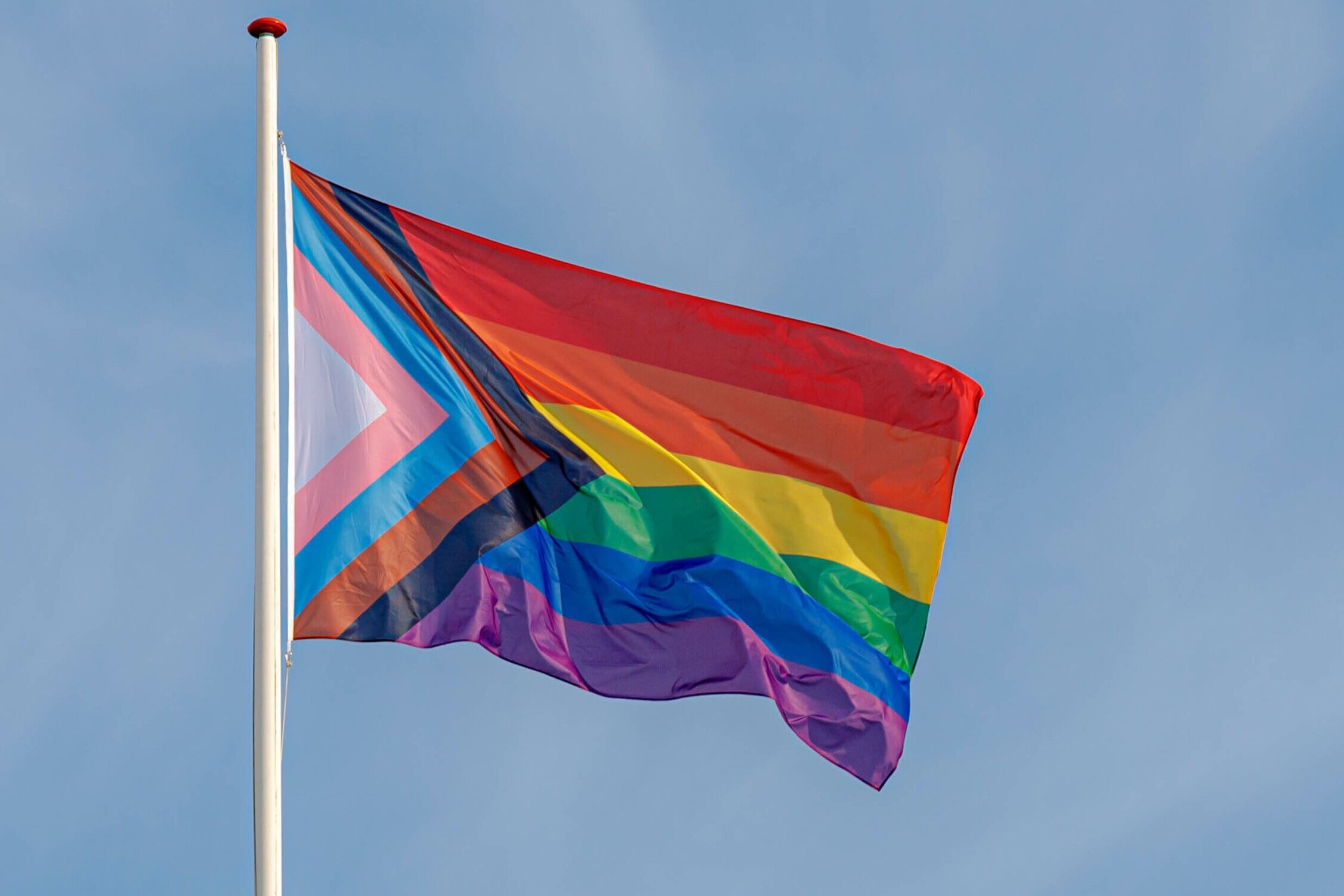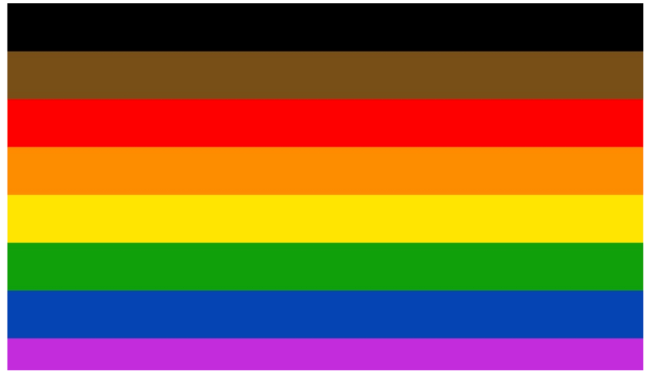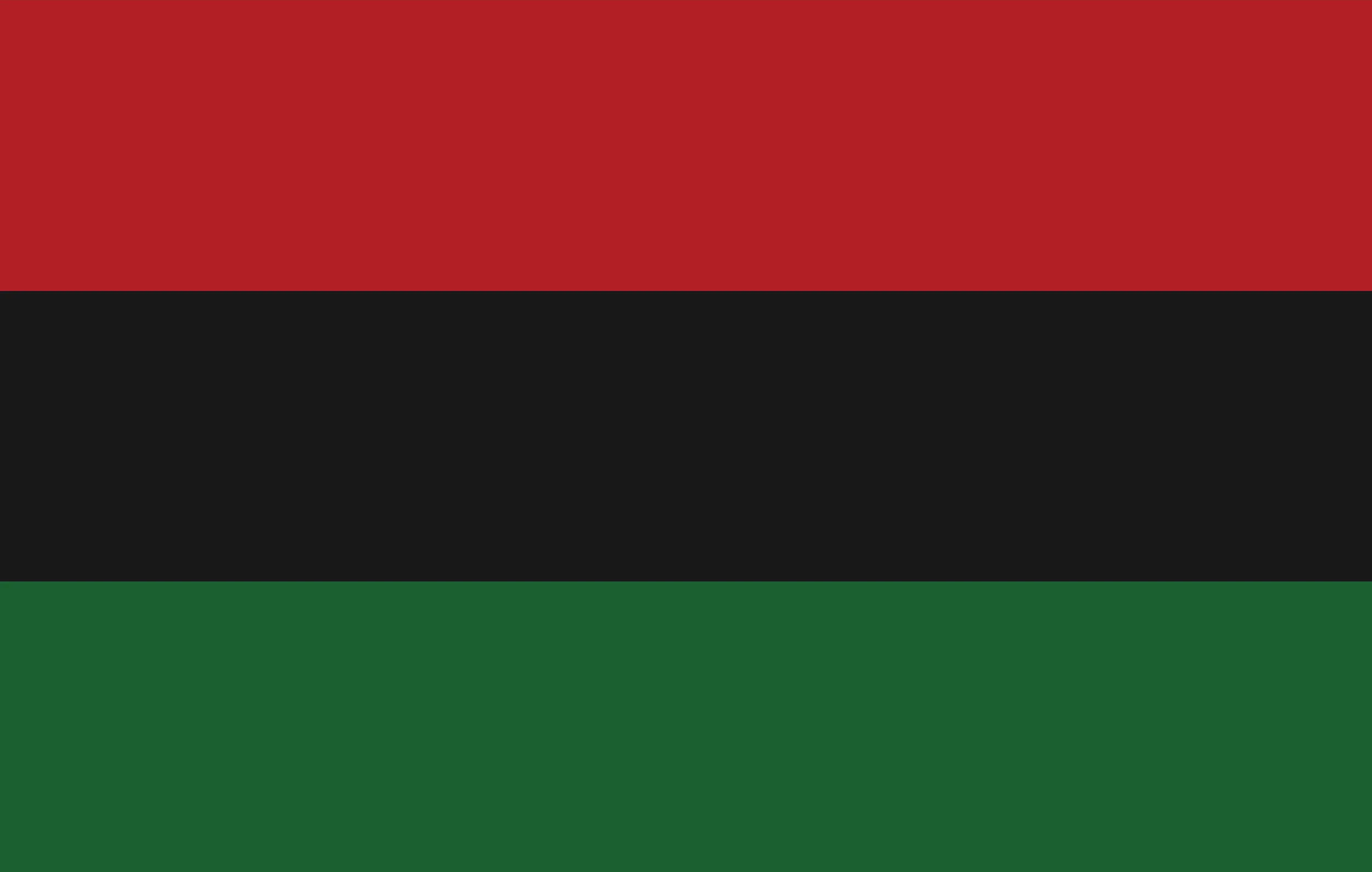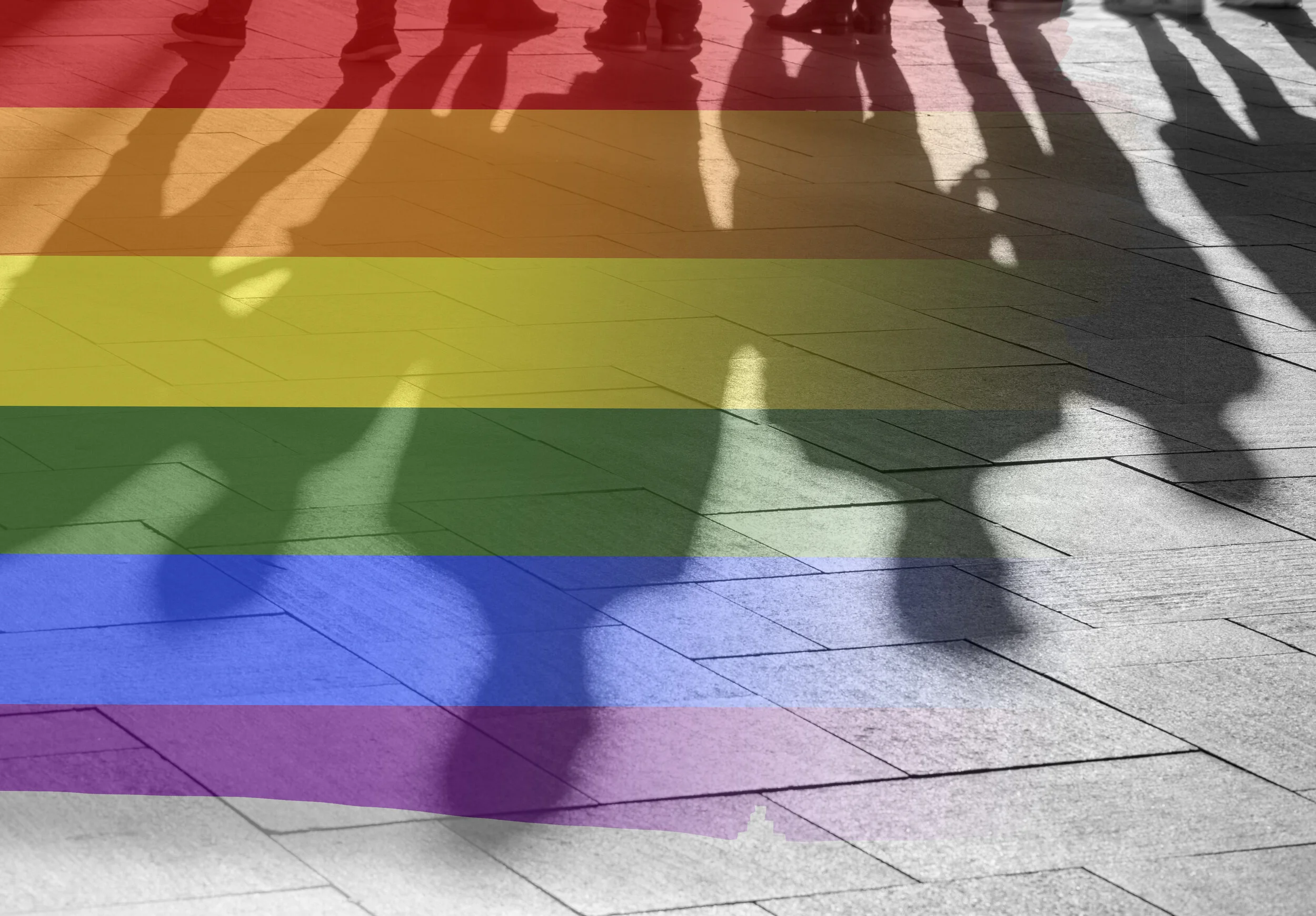In today’s climate, it is common to hear the phrase “we need to diversify,” particularly at upper corporate levels. Namely: the board of directors. But despite the increased citation of this desire, diversity within boards of directors is not yet commonplace. According to a fall 2020 analysis of the 3,000 largest publicly traded U.S. companies conducted by the Institutional Shareholder Services’ ESG division:
Following the murder of George Floyd in May 2020, there were increases in the number of women and racial minorities appointed to Fortune 500 boards, but the majority of directors are still white men. How can this issue of homogeneity be adjusted? Fortunately, there are five crucial steps boards of directors can take to ensure diversity in their ranks:
1. Analyze the Demographics
In order to improve diversity within a board of directors, the board must know where their organization stands. First, look at the racial, ethnic, gender, etc. demographics of the board. Second, look at these same demographics within the community as a whole. What groups are disproportionately represented? Underrepresented? How drastic is this difference? Once a gap in diversity is identified, work can begin on deciphering why this gap exists, and from there a board can begin searching for solutions to resolve it.
2. Offer Training
This step is essential to understand how beneficial diversity is to an organization. By offering diversity training, individuals will better understand why diversity is so crucial in the first place. On a similar note, unconscious bias training is also important, as it helps combat internalized prejudices all individuals have, be they aware of them or not. How? Because “[u]nconscious bias can shape all aspects of the hiring and recruiting process, from the way openings at your organization are posted to the experience employees or board members have once they’re selected.” While no individual can ever be free of bias, making people aware of their biases will allow for implementation of genuine diversity in these upper levels.
3. Expand Your Candidate Pool
When appointing boards of directors, many organizations appoint retired executives. However, appointing active executives is also beneficial, as they are more aware of current situations evolving around them (e.g. in a market, with COVID-19, etc.). Similarly, when appointing new members to a board of directors, an organization should broaden their horizons beyond accepting referrals from current members, as people tend to have connections with individuals similar to them. Consequently, a board is unlikely to see an increase in true diversity with applicants garnered through such narrow recommendations. Expanding the pool of candidates is a simple yet effective way of diversifying a board.
4. Avoid Tokenism
As aforementioned, some boards are interested in diversity only for appearances’ sake. Diversity and unconscious bias training are key ways to address this issue, but another important tactic is ensuring new voices make up at least 30% of the total in a group. By doing so, a board not only avoids tokenism in appearance, but also in practice, as these new members will feel less isolated and therefore will likely be more encouraged to speak their minds. As stated earlier, increased diversity leads to increased innovation, meaning hearing these new ideas more often than not ends up being helpful.
5. Measure Progress
The final step is simple and perhaps the most important: “To stay focused on your objectives and goals, monitor your progress semi-annually.” Yes, it is that straightforward. Diversity is not a simple checklist but a practice. Are the demographics improving and representing the community that the organization serves? Are individuals from diverse groups being appropriately represented? Are their ideas being heard and implemented? Are these individuals staying on? Are they reporting any issues? Keeping track of progress is thus the ultimate step to truly diversifying a board of directors.
While the task of diversifying boards of directors may seem daunting, it is a necessary one, and only through active change can it be accomplished.
Dima Ghawi is the founder of a global talent development company with a primary mission for advancing individuals in leadership. Through keynote speeches, training programs and executive coaching, Dima has empowered thousands of professionals across the globe to expand their leadership potential. In addition, she provides guidance to business executives to develop diversity, equity, and inclusion strategies and to implement a multi-year plan for advancing quality leaders from within the organization.
Reach her at DimaGhawi.com and BreakingVases.com.









